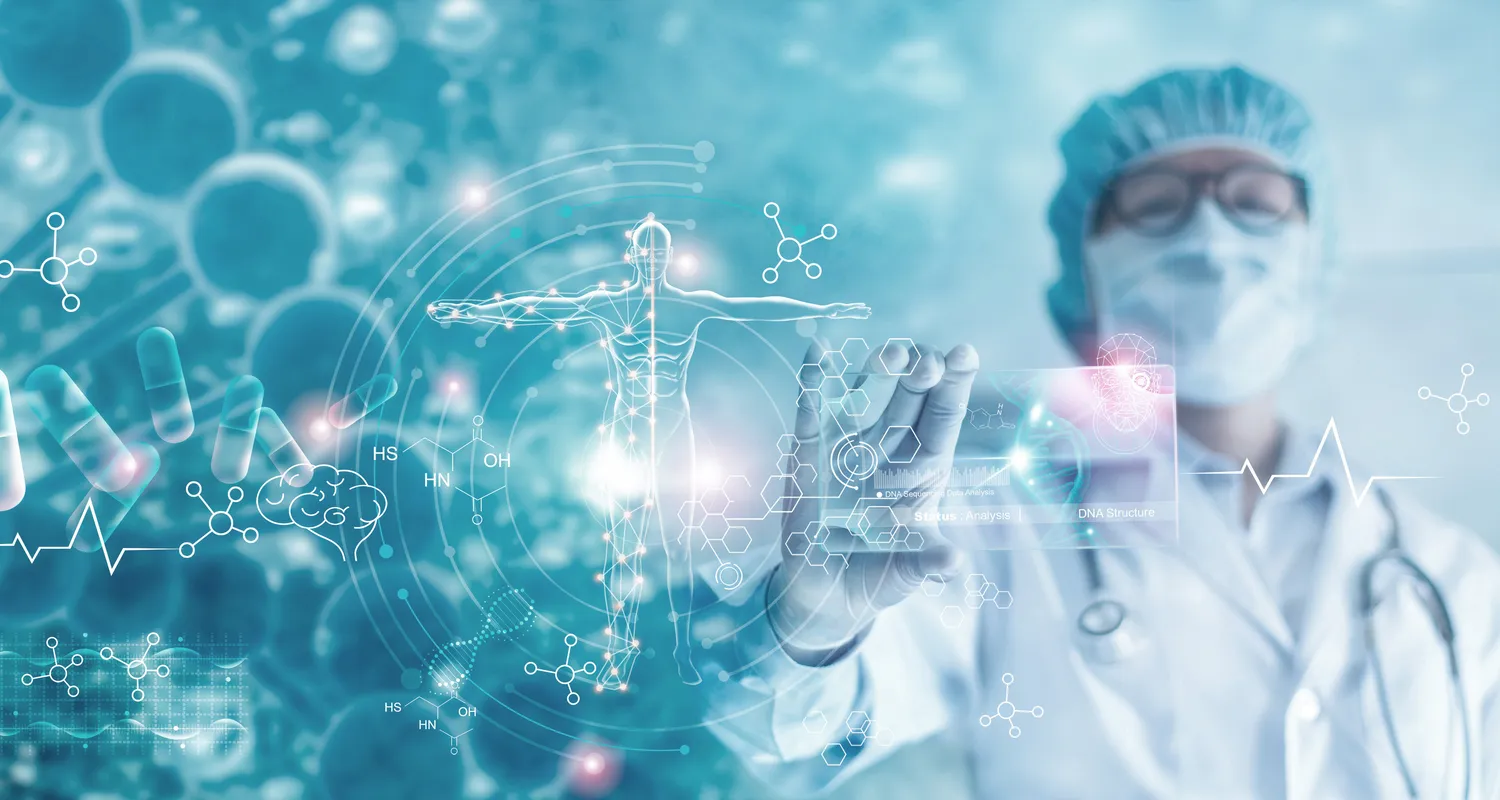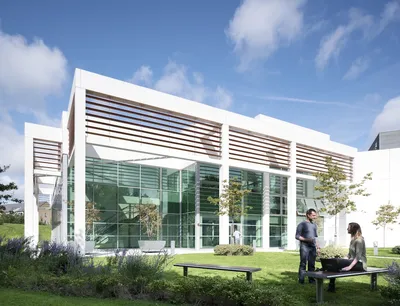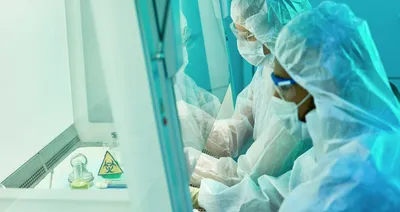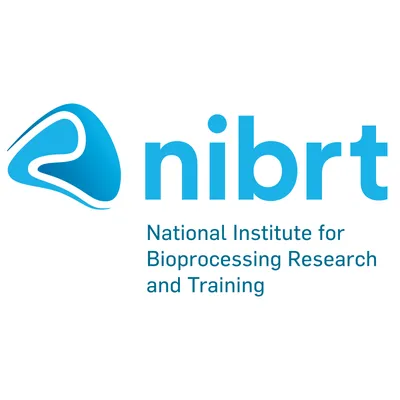What are the biggest challenges that the biopharma industry faces in adopting digital technologies and AI?
I think it comes to two different aspects. The first thing is system integration. Some organisations would have for example, an MES system, but they are not really capturing all the data points. Maybe the data harvesting part is still done manually, or maybe they have an MES system on the manufacturing side, but they don't have an equivalent in the Lab site.
The second aspect, and the more critical one, is data skills. When it comes to the use of data, together with statistics, it's very much limited to certain individuals. So, widespread adoption is not really there, and because you have one or two individuals driving data adoption in their own function, they don't see what else is going on, they don't see the impact on the wider business or site. For example, you may have someone in QC who creates great dashboards and but then it is only being used within QC, it is not being used by QA. It is not being used to analyse, for example, the job satisfaction of analysts, so there's no tie in with HR or with Finance. It's very much limited to just their own functions.
We also see for example, a lot of clients are still Excel based. Excel is being used to capture the data and maybe visualise it but there's no central repository where all the data resides. Issues like data governance are not really explored. How would you update a complex spreadsheet throughout the lifecycle of a molecule over 10 or more years? Are you capturing all the knowledge? So, it's still at early stages when it comes to data adoption. But I think it's all about how you integrate with your existing systems vertically and horizontally across, for instance ERP systems with your lab execution systems, your LIMS systems, and there are just so many different systems and you need to ensure they all talk to each other, and you have a single source of truth.
Considering the needs for digital skills in biopharma, how is NIBRT contributing to workforce development in this area?
What we have done in NIBRT is to try to capture the views of our clients, because when we first started, we were still in the dark in terms of trying to figure out “who wants what”. Although we have different clients with different needs, the main thing that came up during client conversations is the skills piece. A client may have an operator who is really good with their HPLC system, or maybe a mass spec, but how do you capture the data? How do you transition the data from let's say, an instrument to something that you can share and update with your colleagues. I think there's a big question mark around skill sets and the availability of the right talent.






